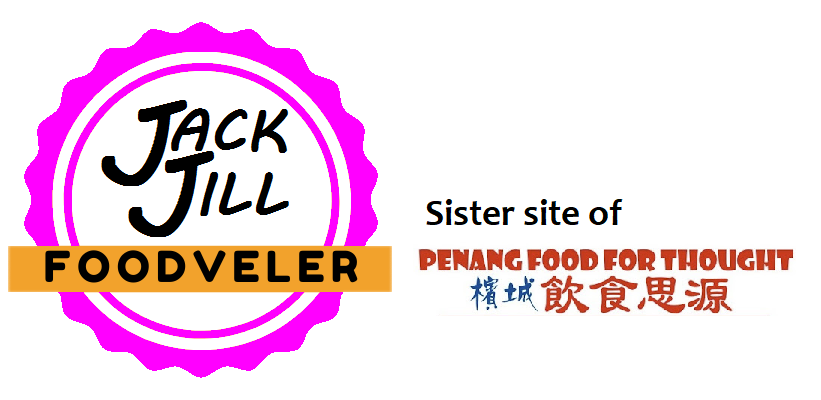Special thanks to Wakaba for extending this food review invitation.
Update: This business has ceased its operations.
While fresh noodles remain as signature dishes, Wakaba Japanese Noodle Restaurant (若葉日本料理) is not resting on its laurels. Quite recently, this Japanese restaurant in Elit Avenue just launched a new nabemono (鍋物) menu.
Served in single-portion claypot, there are a handful of soup bases to choose from, ranging from lightly-seasoned Yu Tofu Nabe (湯豆腐鍋) to the sour-spicy Kimuchi Nabe (キムチ鍋).
One of the most popular ones is Hokkai Nabe (北海鍋, RM25.00) which is based on miso soup (味噌汁). The soup recipe hails from the northern island of Hokkaido (北海道), which is known for strong, salty and savory flavors of fermented soy beans. However unlike the soup at Menya Miyabi (麺や雅), Wakaba’s version has dramatically reduced its saltiness to suit the local palate.
To make the soup richer in flavor, a small amount of fresh milk is used. Another key ingredient is pickled plum (梅干), which does to great job to provide an appetizing hint of sourness.
Salmon belly (サーモン腹) is another appealing aspect of this dish. The fish has been battered and fried beforehand. This is critical because raw salmon belly disintegrates quickly when cooked in the broth. As for mushrooms, there are shimeji (シメジ) and enoki (榎木) types, much to my delight. A piece of narutomaki (鳴門巻き), soft bean curd (絹ごし豆腐), scallion (spring onion) and cabbage are also used to take advantage of the flavor-rich soup.
The Yu Tofu Nabe (湯豆腐鍋, RM18.00) is the simplest and most lightly-flavored nabemono choice of all. The clear soup is derived from kombu (昆布) seaweed only. Although locals may find the soup to be rather bland, this type of plain soup is highly popular among Japanese women.
As an all-vegetarian dish, the center stage is taken by soft bean curd. The pieces of bean curd are quite silky in texture. The lack of meat is also compensated by the use of shimeji and enoki mushrooms.
Before eating, each piece of bean curd is dipped in ponzu (ポン酢) sauce. Made from sudachi lime (スダチ), the sauce provides citrus sourness to the otherwise plain ingredients. I suspect that first-time diners may find this dish to be rather awkward. However, I appreciate how ponzu sauce imparts its delightful flavor to soft bean curd.
For the ultimate seafood feast, Yose Nabe (とせ鍋, RM29.00) features a shrimp, a slice of salmon, and a piece of scallop. A boneless cutlet from the chicken thigh is also included. Boiled in miso soup, the raw meat quickly cooks after a couple of minutes. In fact, I think the salmon should not be cooked for too long, otherwise it loses its succulent juiciness. On the other hand, the shrimp and chicken need to boiled longer so that the broth penetrates them thoroughly.
There are several other options for nabemono, such as Mabo Nabe (マーボー鍋), Curry Nabe (カレー鍋) and Kimuchi Nabe (キムチ鍋). Each meal includes a bowl of steamed rice, an appetizer of the day and some fruits.
Today’s appetizer is mashed potatoes. I like the fresh sensation of the starchy potatoes. However, I think black sesame seeds or some other type of garnish can be used to provide aesthetic appeal.
For new customers, I think it is only fair to give Wakaba ramen (ラーメン), udon (うどん) or soba (そば) dishes a try first. However on the second visit onwards, one may want to consider to order the nabemono dishes instead.
Name: Wakaba Japanese Noodle Restaurant (若葉日本料理)
Address: 1-1-31, Elit Avenue, Jalan Mayang Pasir 3, 11950 Bayan Lepas, Pulau Pinang
Contact: 04-637-1122
Business hours: 11:30am-2:30pm, 6:00pm-10:00pm, closed on Mondays
Website: https://www.facebook.com/wakabapg
Coordinates: 5.32277 N, 100.28198 E
Directions: Wakaba is located at the western side of Elit Avenue in Bayan Baru. Roadside and garage parking are available.



